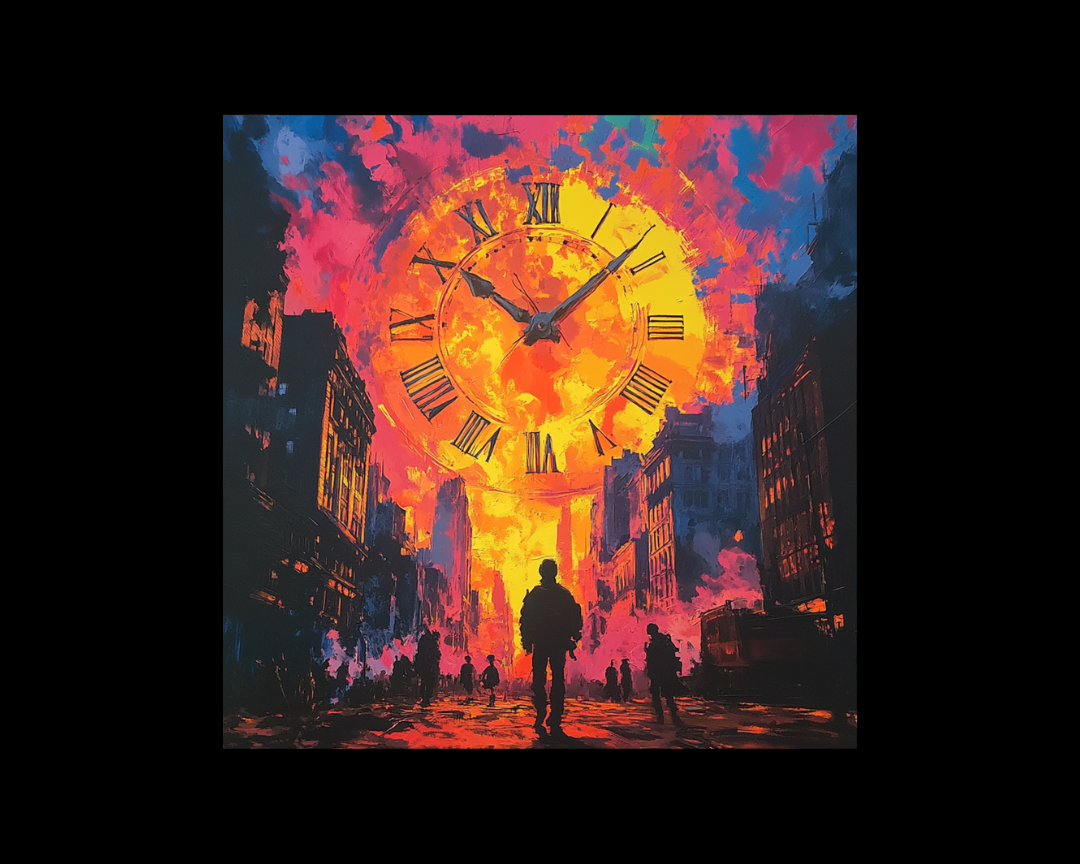How to Write a Novel in Past Tense
Choosing the right narrative tense is one of the first—and most important—decisions a novelist makes. While present tense has grown in popularity,...
3 min read
 Writing Team
:
Mar 8, 2024 11:54:58 PM
Writing Team
:
Mar 8, 2024 11:54:58 PM

In fiction writing, the art of keeping readers engaged is a delicate dance. Unwanted exits and narrative shifts are pivotal in shaping the reader's journey through the story.
This sudden change sets the stage for conflict, the lifeblood of compelling storytelling. The character, now faced with an altered reality, is compelled to make a pivotal decision—whether to take proactive measures or react to their new predicament. Even reacting, perhaps through tears or contemplation, becomes a noteworthy response.
Let's delve into the strategies and nuances of employing these elements to craft a compelling narrative that keeps readers on the edge of their seats.
Unwanted exits refer to unexpected departures of characters, often pivotal to the story. Whether through death, betrayal, or unforeseen circumstances, these exits inject a dose of unpredictability into the narrative. Much like the characters themselves, readers are left grappling with the repercussions, turning pages eagerly to unravel the aftermath.
Consider George R.R. Martin's "A Game of Thrones," where characters meet untimely fates, shattering conventional expectations. These unwanted exits amplify the stakes and redefine the trajectory of the entire plot. As a writer, strategically deploying such exits can instill a sense of urgency and suspense, leaving an indelible mark on the reader's experience.
Similar to changing camera angles in a film, narrative shifts alter the reader's perspective. They can be a change in point of view, time, or even genre. Masterfully executed shifts breathe fresh life into the narrative, allowing readers to see the story from a new angle.
J.K. Rowling's "Harry Potter" series expertly employs narrative shifts, gradually transitioning from a lighthearted school adventure to a darker, more complex tale. These shifts mirror the characters' growth and keep the narrative dynamic, preventing it from becoming stagnant.
While both unwanted exits and narrative shifts add spice to fiction, maintaining cohesion is crucial. Readers should feel the continuity of the narrative, even amidst the twists and turns. A must balance unpredictability and coherence to keep the story immersive.
Consider Kazuo Ishiguro's "Never Let Me Go," where a seemingly straightforward narrative turns poignant. The unwanted exits and shifts are meant to explore the human condition within a unique context. The cohesion lies in the thematic exploration, ensuring that each twist contributes to the overarching narrative rather than feeling like a disconnected detour.
Unwanted exits, when handled deftly, can evoke profound emotions. Readers invest in characters, forging emotional bonds that heighten the impact of their departures. A well-executed exit can linger in the reader's mind, sparking contemplation and reflection.
Take Harper Lee's "To Kill a Mockingbird," where the exit of a central character catalyzes the protagonist's coming-of-age journey. The emotional resonance of the departure amplifies the narrative's depth, leaving an enduring impression on the reader.
Strategic narrative shifts serve as a tug-of-war between the writer and the reader. By introducing unexpected perspectives or timelines, writers create anticipation, inviting readers to connect the dots. The element of surprise becomes a tool to pique curiosity and sustain engagement.
A notable example is Gillian Flynn's "Gone Girl," where the narrative alternates between the two protagonists' perspectives. The shifts heighten suspense and challenge readers to reassess their assumptions, making for a riveting reading experience.
Unwanted exits and narrative shifts possess a subversive quality that challenges literary conventions. Readers often enter a story with certain expectations, and subverting these expectations can be a powerful narrative tool. It keeps the narrative fresh and prevents it from succumbing to predictability.
In George Orwell's "1984," the unexpected conclusion subverts the traditional notion of a hero's triumph. The subversion creates a lasting impact, prompting readers to question societal norms and the nature of power.
In fiction writing, unwanted exits and narrative shifts serve as navigational tools, guiding readers through uncharted waters. While the unexpected can be disorienting, this unpredictability makes for a memorable reading experience.
As a writer, embracing the power of unwanted exits and narrative shifts requires a delicate balance between surprise and coherence. When executed precisely, these elements elevate a story from the ordinary to the extraordinary, leaving an indelible mark on the reader's imagination. So, embark on this literary journey, embrace the twists, and let the narrative unfold in unexpected and enthralling ways.

Choosing the right narrative tense is one of the first—and most important—decisions a novelist makes. While present tense has grown in popularity,...

Remember when video games were just pixelated characters bouncing across screens? Those days are long gone. Today's games feature complex narratives,...
%20(1)-1.png)
Ah, slipstream fiction. Much like speculative fiction, it lives in that nebulous territory between literary fiction, science fiction, and fantasy....